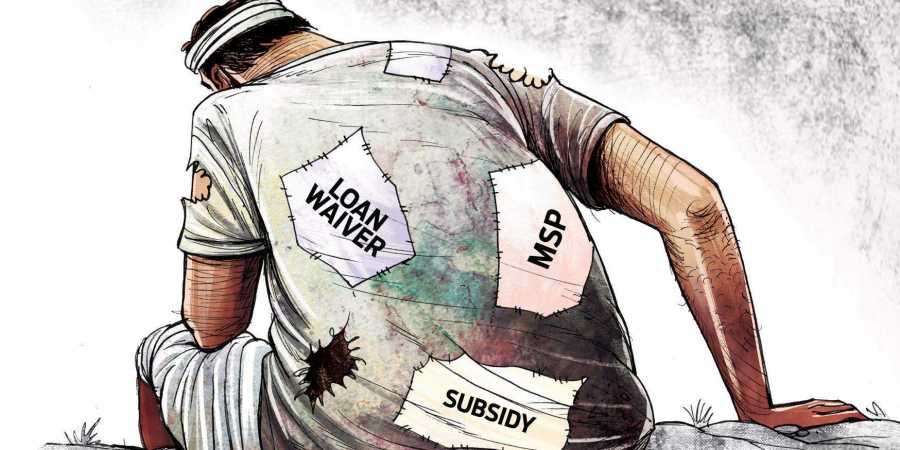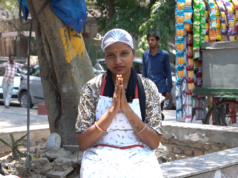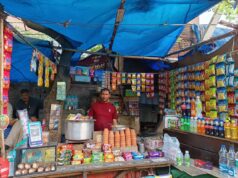The agricultural sector in our country faces challenges in terms of growth, sustainability, efficiency and equity. Declining productivity, lack of adequate infrastructure, high cost of farming inputs, underdeveloped market networks and small landholdings which reduce the bargaining capacity of the farmer are some of the critical issues plaguing the sector today. Farming is a risky occupation as it is affected by the unpredictability in weather, credit or the market. Other than this, crops are at risk due to pests, diseases and shortage of inputs such as fertilizers and pesticides. The role of intermediaries further aggravates the situation. While loan waivers may provide a band-aid solution to the problem of agricultural distress, it does little to address the challenges of growth, sustainability, efficiency and equity that affect the sector.
Loan waivers are not a sound policy measure.
A sound policy does not look at the short term gain for one group, but rather, it aims to promote the long term gain of all groups. Critics believe that agricultural loan waivers are mere election gimmicks to appease the large population of farmers in the country as they are mostly announced close to the election year (See Table 1). In fact, political parties often put loan waivers in their election manifesto. For example, the Congress party in the recently concluded Bihar state assembly elections had promised to grant farm loan waiver to the electorate.
Table 1. Data showing correlation between the year in which loan waiver was announced and the election year
| Year of announcement | Nearest Election Year | State/Centre | Amount sanctioned (Cr INR) |
| 1990 | 1989 | Union | 10,000 |
| 2008 | 2009 | Union | 52000 |
| 2014 | 2014 | Andhra Pradesh | 40000 |
| 2014 | 2014 | Telangana | 20000 |
| 2017 | 2017 | Uttar Pradesh | 36000 |
| 2018 | 2019 | Maharashtra | 34000 |
Further, loan waivers are seen to be morally hazardous. Economist Paul Krugman defines a moral hazard as “any situation in which one person makes the decision about how much risk to take, while someone else bears the cost if things go badly”. In a paper titled “Look into the future and imagine the next bubble – for there will be one someday,” financial historian and economist Peter L Bernstein warned that “if the absence of dissent means that we have become more tolerant of moral hazard, the consequences could be catastrophic”. P.T. Kuppuswamy, the Chairman of Karur Vysya Bank and CEO, had reported farmers’ shifting of their accounts to nationalised banks before elections. He said that this move was led by the strong expectation of loan waivers in the face of an election year as they knew that if it is a private sector bank, then they might not get a waiver. Due to this reason, some farmers who have the capacity to repay loans, sometimes default voluntarily. In many cases, those who defaulted were given a loan waiver, and those who managed to make some payments to the bank were left to fend for themselves. Thus, loan waivers might disrupt the credit discipline leading to even the well-off farmers becoming complacent. Consequently, banks will become wary of lending credit to farmers in future.
The loan waiver scheme suffers from several implementation problems.
The Agriculture Debt Waiver and Debt Relief Scheme (ADWDR) of the UPA led government in 2008 covered only those farmers possessing small landholdings who suffered on account of crop failure but not those who had big farms and had invested in infrastructure. Even farmers with big lands were dependent on their crop yield to repay their loan, but they were omitted from the scheme just because they had big lands. As a result, such farmers became defaulters and did not become eligible for new loans. Loan waivers can also be seen as anti-farmer because not all farmers benefit from it, and neither do they address the problems that affect the agricultural sector per se. The 2008 UPA scheme had strong inclusion and exclusion errors. In the CAG audit of 90,576 bank accounts, it was found that 13.5 per cent of the 9334 accounts were eligible for the scheme but were not included in it. Further, 8.5 per cent of the 80,299 accounts were ineligible to benefit from the scheme, but they still got the benefit. In 34.28 per cent of the accounts, there was no acknowledgement receipt given to the farmer. Thus, no debt waiver certificate was issued. Due to the unavailability of the debt waiver certificate, these farmers became defaulters in the eyes of the bank and were ineligible to take fresh loans. This can create several hurdles when a large number of farmers rely on credit to meet their needs. In the absence of access to institutional credit sources, the farmers have to depend on the local moneylenders that charge an exorbitant rate of interest. Another problem with loan waivers is that most of the farmers in distress are landless. Due to the unavailability of land, they lack proof of residence and hence do not possess caste certificates. This automatically denies them access to social welfare schemes. They find it challenging to conduct business in the market, and they lack storage facilities too. These loan waivers do not reach the most oppressed actors.
Loan waivers may have an impact on the level of indebtedness, but it does not break the vicious cycle of debt trap for millions of farmers. They not only increase the fiscal burden of the government but also do little to boost productivity in the agriculture sector. Moreover, farmers end up finding themselves in a similar position after every crop cycle, thus leaving the main issues of the agrarian sector unaddressed. While loan waivers are an easy option for the government to provide temporary relief to the farmers and to secure electoral victory, it is not a desirable policy option in the long run.
Read more: Why an urban job guarantee scheme is a bad idea
Post Disclaimer
The opinions expressed in this essay are those of the authors. They do not purport to reflect the opinions or views of CCS.






